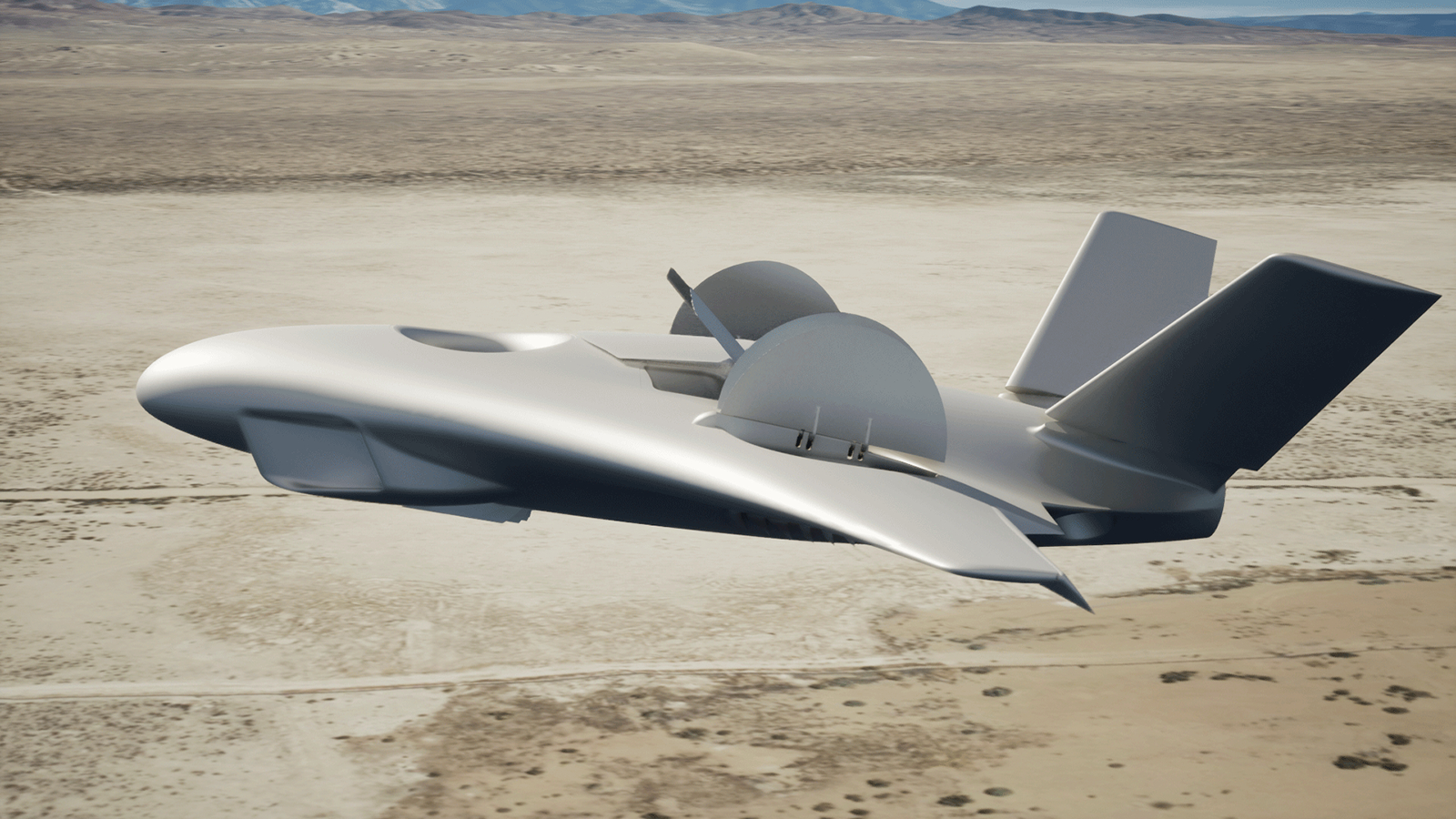Stay Up to Date
Submit your email address to receive the latest industry and Aerospace America news.
The V/STOL Aircraft Systems Technical Committee is working to advance research on vertical or short takeoff and landing aircraft.
Many of today’s programs and initiatives to develop vertical takeoff and landing aircraft are looking at technologies that were tested during the 1960s, the heyday of VTOL research in the United States and Europe. Among them is the Speed and Runway Independent Technologies, or SPRINT, a joint DARPA/U.S. Special Operations Command program to build a VTOL X-plane. In May, Aurora Flight Sciences of Virginia and Bell Textron Inc. of Texas were downselected for Phase 1B of SPRINT to complete preliminary design of their concepts. With the SPRINT plane, DARPA wants to demonstrate technologies for runway independence applicable to the next generation of air mobility platforms.
Bell validated its preliminary design for SPRINT with a risk-reduction test conducted at Holloman Air Force Base in New Mexico in late 2023. In a sled test on the Holloman High Speed Test Track, Bell demonstrated a folding rotor as part of a multimode propulsion system. Folding rotor technology was researched in the 1960s and early 1970s. For its SPRINT concept, Bell is leveraging its previously developed high-speed VTOL, or HSVTOL, technology, “which blends the hover capability of a helicopter with the speed (400+ knots), range and survivability of jet aircraft,” according to a press release.
Aurora in May unveiled its SPRINT concept: a three-fan-in-wing HSVTOL. The wing fans are covered by semicircular upper doors that would open and close for different flight regimes, as was done in the Ryan XV-5 Vertifan experimental VTOL that first flew in 1964. The concept revolves around a blended-wing-body fuselage with a forward fan covered by a door that slides aft and symmetrical louvers embedded in the wing that vector fan thrust for control in vertical flight. The XV-5 also had lateral louvers under its wing fans for control, and its lift fans were tip-driven by diverted engine exhaust gases. Aurora has not revealed how the lift fans on the wings will be powered. Like Bell, Aurora’s goal is to design a VTOL that can reach a cruising speed of 450 knots, with the objective of scaling up the demonstrator to a larger transport aircraft.
In the commercial electric VTOL world, California air taxi developer Joby Aviation in May concluded a preproduction flight test program that began four years ago. The company has since transitioned to initial aircraft production and test flights with a production-conforming prototype for type certification purposes. The preproduction flight test phase comprised 1,500 flights, including about 100 flights with a pilot onboard, and a total distance of 28,700 nautical miles (53,152 kilometers).
V/STOL research in academia also made significant contributions to powered lift. Over the past two years, the Eagle Flight Research Center at Embry-Riddle Aeronautical University in Florida has flown a 36-kilogram uncrewed distributed electric propulsion quad-helicopter, supported by FAA funding. As of August, the helicopter had completed a series of tests, demonstrating stable hover and maneuvering flight after a rotor failure. This is one key safety aspect that will receive lots of attention from federal agencies and the V/STOL community in the coming years, as eVTOLs proliferate.
Stay Up to Date
Submit your email address to receive the latest industry and Aerospace America news.




